Begonias are a popular garden flower. They come in a variety of shapes and colors, making them a versatile addition to any garden. But are begonias perennials or annuals?
This is a question that many gardeners ask themselves when they are planning their gardens. In this blog post, we will explore the answer to this question and provide some tips on how to care for begonias.
Do Begonias Come Back Every Year?
Depending on the cultivar, begonias may be annual or perennial. While rooted begonias are grown as annuals, tuberous begonias are perennial and will flourish the following spring.
I will now talk about each type of begonia in more detail.
Tuberous Begonias
Tuberous begonias are the most popular type of begonia. They have large, showy flowers that come in a variety of colors. Tuberous begonias are also easy to care for and can be grown in both sun and shade.
You can overwinter tuberous begonias, and then replant them in the spring. To do this, dig up the tubers before the first frost and store them in a dry place that receives lots of sunlight.
Once fully dry, store the tubers in a cool, dark place, such as a basement or garage. Be sure to check on the tubers periodically throughout the winter and water them if they start to shrivel.
In the spring, replant the tubers in pots or in your garden. Be sure to wait until after the last frost before replanting them outside. Just make sure the plants are protected from the cold weather, as they are not frost-tolerant.
Rooted Begonias
Rooted begonias are grown as annuals and will not survive overwintering. In fact, gardeners grow them as annual border plants or bedding plants.
Rooted begonias are easy to care for and come in a variety of colors and shapes. They can be grown in both sun and shade, but they prefer partial sun.
However, rooted begonias are sensitive plants that won’t survive a hard frost. So, if you live in an area with cold winters, you’ll need to bring your plants indoors before the first frost if you want them to survive a bit longer.
It’s a good idea to get your rooted begonias acclimatized to the indoors gradually. Start by bringing the plant in during the night and then bringing it back outside during the day. After a week or two, you can leave the plant indoors permanently.
This sounds easy, but there’s a reason why gardeners treated rooted begonias as annuals. They’re not the easiest plant to care for indoors, and they often don’t make it through the winter.
So, if you’re thinking about growing rooted begonias, be prepared to replant them every year.
Conclusion
In conclusion, begonias can be either annual or perennial, depending on the cultivar. Tuberous begonias are the most popular type of begonia and they are easy to care for. Rooted begonias, on the other hand, are more sensitive and difficult to care for indoors.
If you’re thinking about growing begonias, be sure to choose the right type for your climate and gardening style. And, be prepared to replant annual begonias every year.
Do you have any tips on how to care for begonias? Share them in the comments below. Until next time, happy gardening!
Tim is an avid gardener from the UK. He was the founder of PlantCarer.com from 2021 to Sep 2023. He sold PlantCarer.com to Aaron. He has since started his own business called Seed To Supper, which provides new gardeners all the materials you need in a box (pots, seeds, compost and instructions) to grow your own delicious and nutritious vegetables and herbs from start to finish – no garden required.




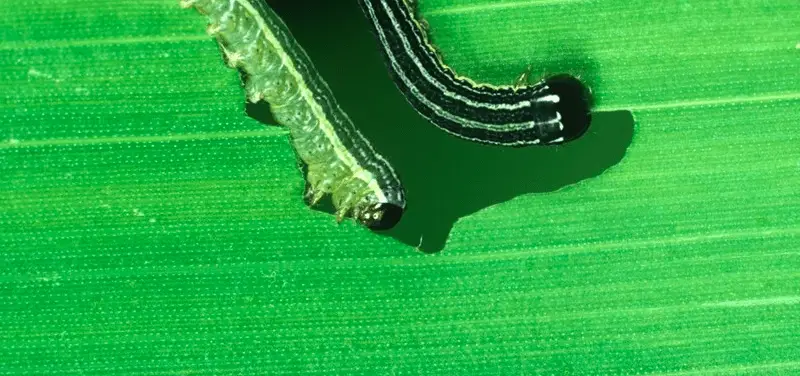
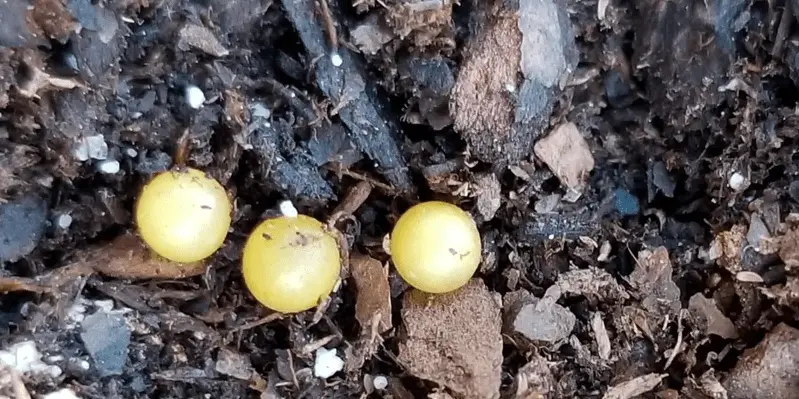
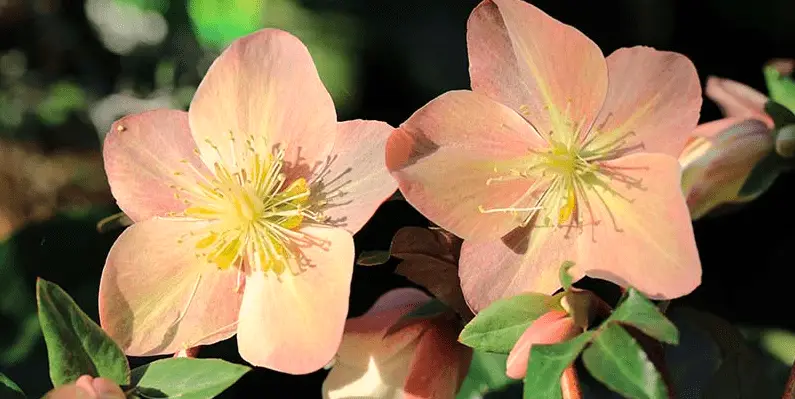
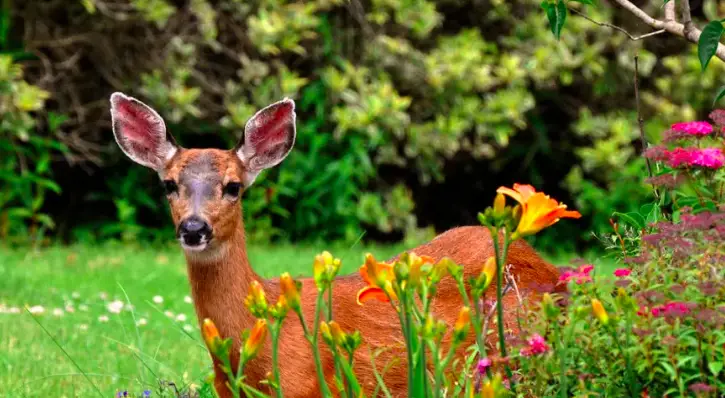
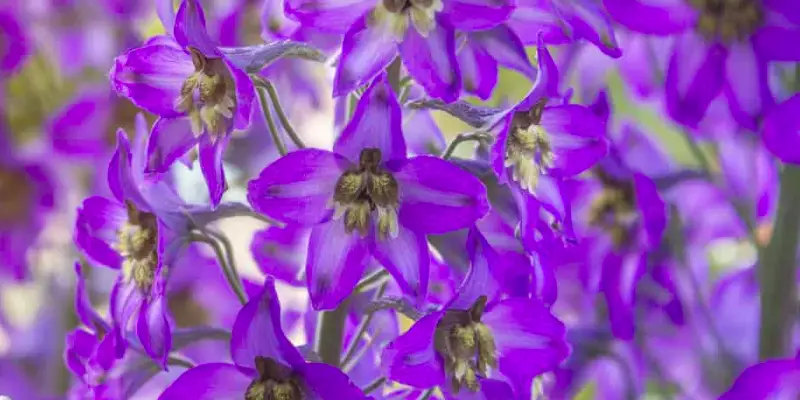
0 Comments